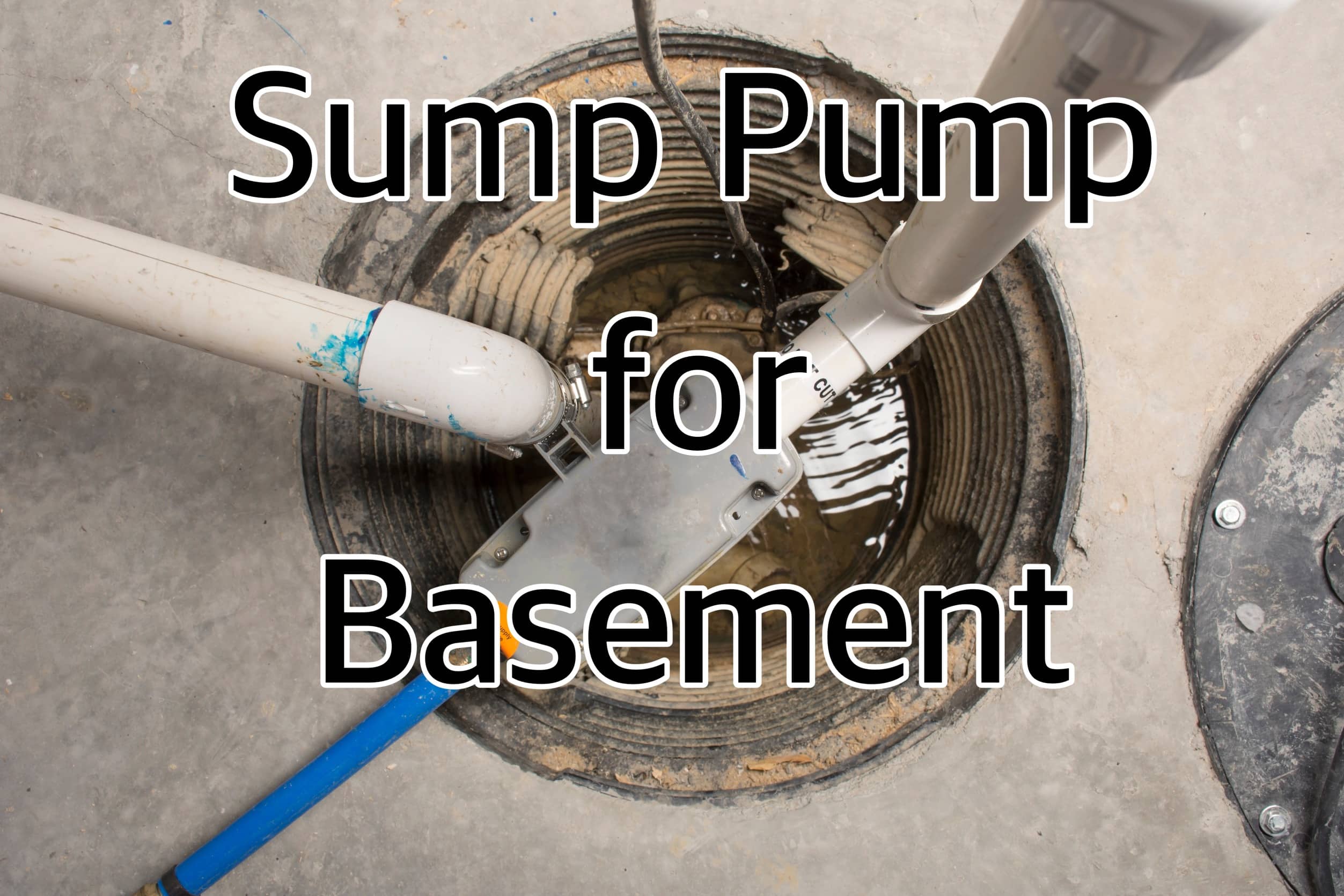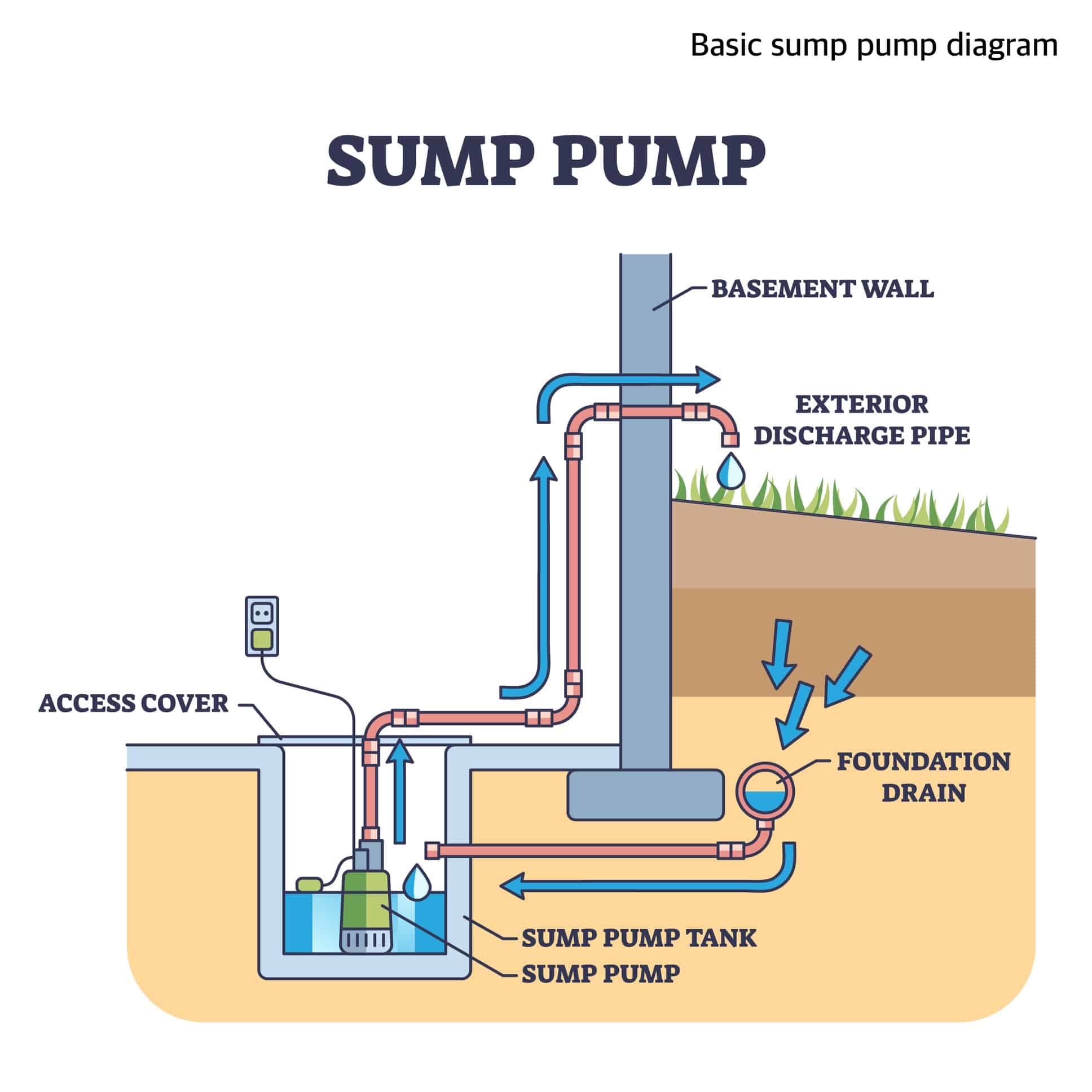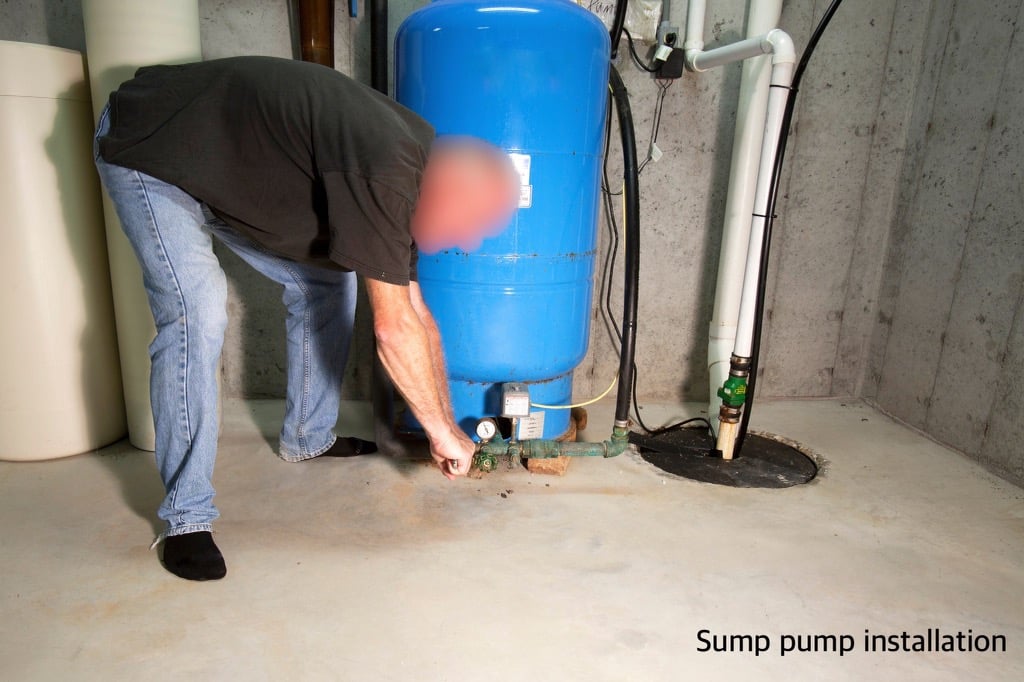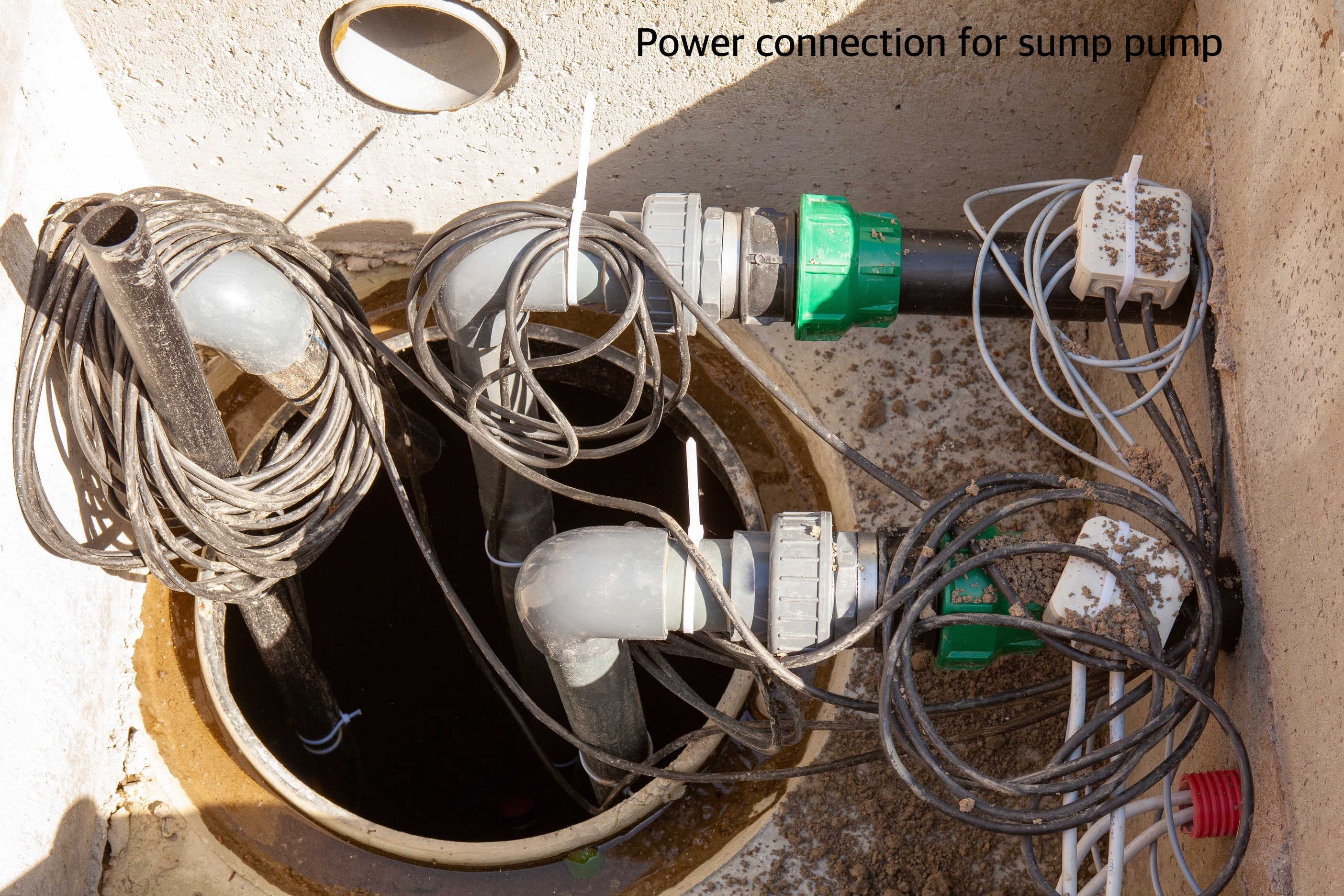
The presence of a sump pump in the basement is a vital necessity in many homes. The system of sump pumps assists in basement waterproofing, safeguarding the house from potential water damage. How do you select the best sump pump, what types of sump pumps are available, and what are the installation procedures?
Introduction to Sump Pumps
A sump pump sits at the lowest point in your basement, usually in a sump pit, ready to pump out water if it detects rising water levels. This system is crucial for preventing a flooded basement, especially during heavy flooding and storms.

Types of Sump Pumps
There are mainly two types of sump pumps: submersible sump pumps and pedestal sump pumps.
Submersible Sump Pumps
These are installed in the sump pit and are submerged underwater. Submersible pumps are usually quieter and handle more water and debris. They often come with a cast iron construction.
Pedestal Sump Pumps
Unlike the submersible sump, these pumps sit above the sump pit. Pedestal pumps are generally easier to maintain but might be noisier.

Sump Pump Installation
Proper sump pump installation is critical to ensure that the system works when it’s needed the most. The installation process includes placing the pump in the sump pit, attaching a discharge pipe, and setting up a check valve to prevent water from flowing back into the pit. No commitment estimates from subject matter experts can be beneficial in this phase.
Installing the Sump Pump
Place the Pump
Lower the submersible sump pump into the sump basin. Submersible pumps are designed to operate underwater and are often made with cast iron to resist corrosion.
Connect the Discharge Pipe
Attach the pipe that will channel the water away from the basement. This connection should be secure to prevent leaks.
Power Connections
Ensure that your pump is connected to a reliable power source. Consider a backup system for instances of power outage to keep the pump running.
Test the Pump
Fill the basin with water and test the pump’s operation. The pump should activate automatically, and you can observe its operation.

Battery Backup Pump
A battery backup pump system is essential if the sump pump fails during a power outage. The backup battery ensures that the system continues to operate, channeling water away from the basement floor, preventing water damage and potential mold growth. The best battery backup systems come with audible alarm alerts to notify you if there is an issue.
Power and Motor Considerations
The motor’s power and horsepower determine how many gallons of water the sump pump can handle. The best sump pumps will offer an excellent balance of power and efficiency. Regular maintenance of motors is essential for the longevity of the system.

Other Important Considerations
-
Basement Floor and Drainage Point
Ensuring proper drainage area and slope of the basement floor toward the sump pit is vital.
-
Crawl Space
If you have a crawl space, you must also ensure proper drainage and consider a specific pump designed for this space.
-
Flooded Basement and Water Level
In case of heavy flooding, the sump pump must be capable of handling more water and rising water levels.
-
Sump Basin and Sump Pit Considerations
The basin and pit size should align with the pump’s capacity. The pit should be free from debris that might hinder the pump.
-
Discharge Opening and Line
Proper installation of the discharge line is essential to direct water away from the house’s foundation.
-
Regular Maintenance
Most sump pumps require regular inspection and maintenance.
Sump pumps are an essential part of many basements, providing vital protection against flooding, water damage, and mold. Whether you choose submersible sump pumps or pedestal pumps, careful consideration of factors like installation, battery backup, motor strength, and regular maintenance will keep your basement dry and your house safe. Always consult with experts like Basement Waterproofing Scientists and follow the best sump pump buying guides to ensure that your system is tailored to your specific needs.

